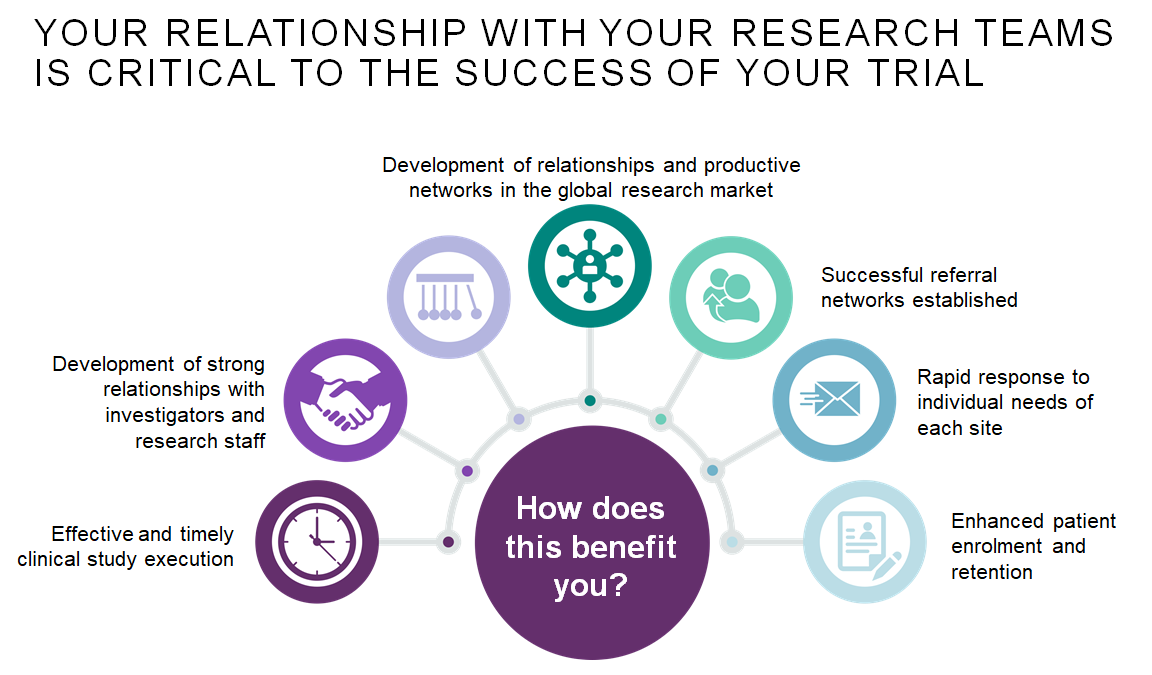As a marketer, it stands to reason you are keenly aware of the role and value of your internal medical affairs team. Nevertheless, a just-published white paper from the Medical Affairs Professional Society (MAPS) calls out the strange irony that medical affairs departments in many pharma companies fail to effectively communicate their own importance to internal stakeholders.1 Sadly, says MAPS, the old view of medical affairs as a support role that “meets with HCPs, provides ad hoc medical information and education, and acts only when called upon to do so” may still be a prevailing sentiment in certain companies. Yet, COVID-19 could be providing a real and timely opportunity to work more closely with your medical affairs team to expedite government approval for drugs and medical devices.
COVID-19 Opportunity?
While the COVID-19 contagion has brought unprecedented disruptions to daily life, it also created unique opportunities to improve health-related strategies and processes in ways that can directly benefit patients. For example, the U.S. FDA and NIH are both using fast-track initiatives to move new coronavirus vaccines and treatments to market as quickly as possible.
In its leadership of one of these initiatives, the FDA created a special emergency program for possible therapies, the Coronavirus Treatment Acceleration Program (CTAP). According to the FDA, CTAP “uses every available method to move new treatments to patients as quickly as possible, while at the same time finding out whether they are helpful or harmful.” Likewise, the NIH introduced in April the Accelerating COVID-19 Therapeutic Interventions and Vaccines (ACTIV) public-private partnership “to develop a coordinated research strategy for prioritizing and speeding development of the most promising treatments and vaccines.”
While CTAP and ACTIV are COVID-specific emergency initiatives, the FDA also manages four distinct and longstanding programs intended to “facilitate and expedite development and review of new drugs to address unmet medical need in the treatment of a serious or life-threatening condition.” These Expedited Programs for Serious Conditions include Priority Review, Breakthrough Therapy, Accelerated Approval, and Fast Track. Each of these has its own purpose and process; to learn more about them, visit the FDA designated website page.2 Taken together, the combination of established programs and COVID-specific initiatives has the potential to not only boost coronavirus therapies but also change the drug/device approval landscape for decades to come.
Indeed, as we move (hopefully) toward COVID closure, industry experts are beginning to ask whether the urgency that has marked the COVID-specific fast-track initiatives can be extended to non-COVID therapies as we move back into a non-emergency regulatory state. Could we see longer-term changes in expectations for approval speed after all of this? It may be too early to tell. But in any case, smart marketers can take steps now that will help their chances for swifter approvals.
Medical Affairs Contributions to Expedited Approvals
One thing is for sure: Your internal medical affairs team is uniquely positioned to help expedite approvals. As reinforced in the MAPS paper, the medical affairs group interacts with an array of crucial internal stakeholders, starting with early collaboration with the internal R&D department and delivering key insights and inputs that help shape the development program. And their reach goes beyond the company’s walls, helping to generate real-world evidence, communicating the value of therapies to prescribers and payers, and representing the voice of the patient to decision makers. In the final analysis, the medical affairs staff should be full-throated partners engaged in every stage of the brand lifecycle, including regulatory approvals.
One of the key value drivers for the medical affairs function is its large network within the treatment community. While R&D has established relationships with treatment centers of excellence and known primary investigators, the unique approach offered by medical affairs is its focus on relationship building within the broader scientific and medical community. This large footprint yields a wide reach to potential patients that can be referred to study sites and/or primary investigators. In fact, more and more medical affairs organizations are investing in roles such as Clinical Trial Liaisons, whose primary responsibilities are geared toward investigator relationship building and referral network mapping (see Figure 1).
 But that is just the beginning. Medical affairs can aid in generating real-world outcomes data that can become a powerful part of a regulatory submission, along with the key safety and efficacy data. And because the medical affairs team serves—broadly speaking—as your company’s clinical eyes and ears, it can help ensure that study protocols are designed at the outset to consider core patient and prescriber challenges.
But that is just the beginning. Medical affairs can aid in generating real-world outcomes data that can become a powerful part of a regulatory submission, along with the key safety and efficacy data. And because the medical affairs team serves—broadly speaking—as your company’s clinical eyes and ears, it can help ensure that study protocols are designed at the outset to consider core patient and prescriber challenges.
Importantly, medical affairs can help by interacting with stakeholders to gather insights that might otherwise be lost. In fact, more and more medical affairs organizations are placing emphasis on finding ways to generate actionable insights from the medical community. What do doctors think, and what are their unmet needs? Where are there pockets of study-qualified patients being seen or treated that may be outside of the known center of excellence for the therapy area? Is the protocol feasible? Where are the most appropriate sites based on applying real-world data?
To answer these questions, manufacturers used to rely on isolated small-scale efforts to gather investigator insights and determine study feasibility. But in today’s new medical affairs department, claims data, doctor/patient interaction data, and robust scientific exchange between the medical community and medical affairs scientists and clinical trial liaisons are all part of generating the insights that inform the path toward expedited approval.
4 Steps to Working with Your Medical Affairs Team
What are the steps you can take right now to partner more effectively with your medical affairs team to expedite approvals? We think there are four:
Step 1: Understand Your Medical Affairs Team Structure and Relationships
Spend time with your medical affairs team. Understand their structure and how they are bridging (or not) between clinical development and marketing. There may be an opportunity to request more connectivity if your medical affairs team is not currently well engaged. Ask about their goals, interests, and expertise. Find out how your objectives intersect with theirs, and how their network and relationships fit in with your approval needs.
Step 2: Strategize with Medical Affairs to Achieve Your Approval Goals
Set in place a formal strategy to collaborate with the medical affairs department to develop a joint plan for expedited approval. Work together to set a blueprint that relies on their strengths.
The key here is twofold:
- Medical affairs can provide an early (before study protocols are written) and ongoing gathering of insights about the disease, symptomatology, patient journey, and unmet medical needs that will inform patient identification, study design, and potential participating or referring physicians.
- Compared with your R&D department, your medical affairs team can leverage a larger network of relationships with doctors in the community who might be seeing the very patients who qualify as participants in your clinical trial. More qualified patients can lead to studies enrolling and completing on time.
Of course, be sure to confirm department-specific roles and tasks, budget responsibilities, a specific timeline, and appropriate success metrics.
Step 3: Work with Medical Affairs to Implement the Plan
As you work together to implement the plan, remember that the medical affairs group has its own organization, structure, governance, and work style. Take care to respect these unique aspects.
Step 4: Measure and Revise the Plan as Necessary
Every plan will require adjustments at some level, and those must be based on clear and consistent measurement against established metrics. Work collaboratively to revise the plan and revisit the tasks, budgets, timelines, and metrics as needed.
Conclusion
Successful medical affairs groups offer extended reach into the medical community, excellent relationships within that community, and unique insights that can support the regulatory process. Odds are your medical affairs team is eager to support you in your work to expedite government approval for drugs and medical devices. Following the four basic steps outlined here can help set you on a path toward achieving your approval goals.
References:
1. Medical Affairs Professional Society. Communicating the Value of Medical Affairs: A Maps White Paper. May 28, 2020. Available at: https://medicalaffairs.org/wp-content/uploads/2020/05/MAPS-White-Paper_Comm-Value-of-Medical-Affairs_May2020.pdf. Accessed June 24, 2020.
2. U.S. Food and Drug Administration. Fast Track, Breakthrough Therapy, Accelerated Approval, Priority Review. Content current as of February 23, 2018. Available at: https://www.fda.gov/patients/learn-about-drug-and-device-approvals/fast-track-breakthrough-therapy-accelerated-approval-priority-review. Accessed June 24, 2020.







